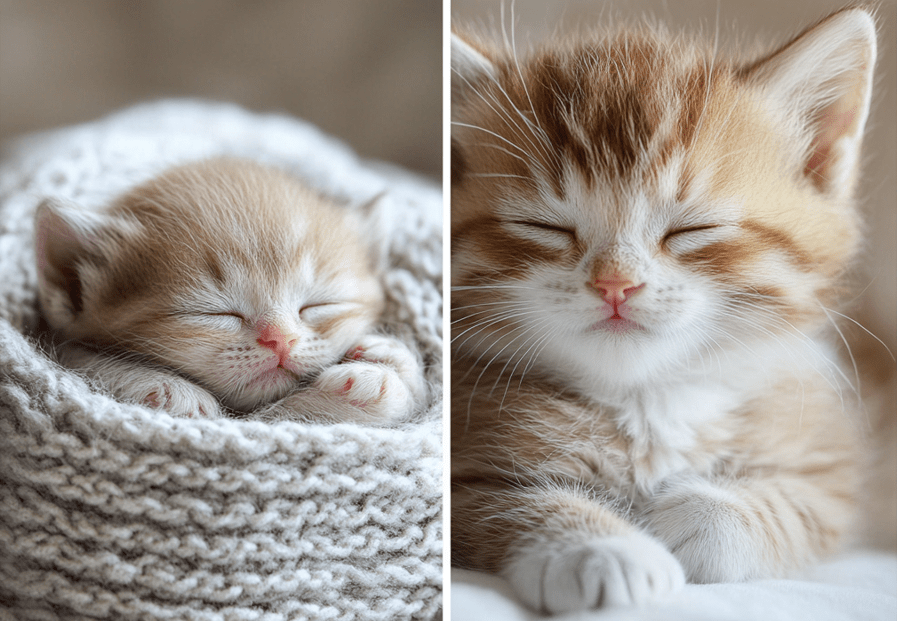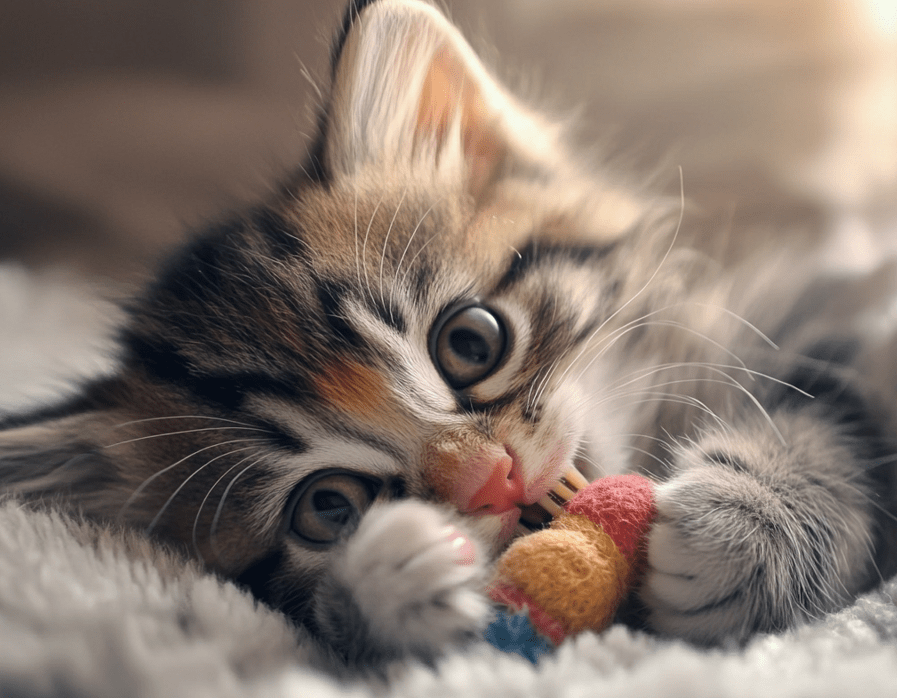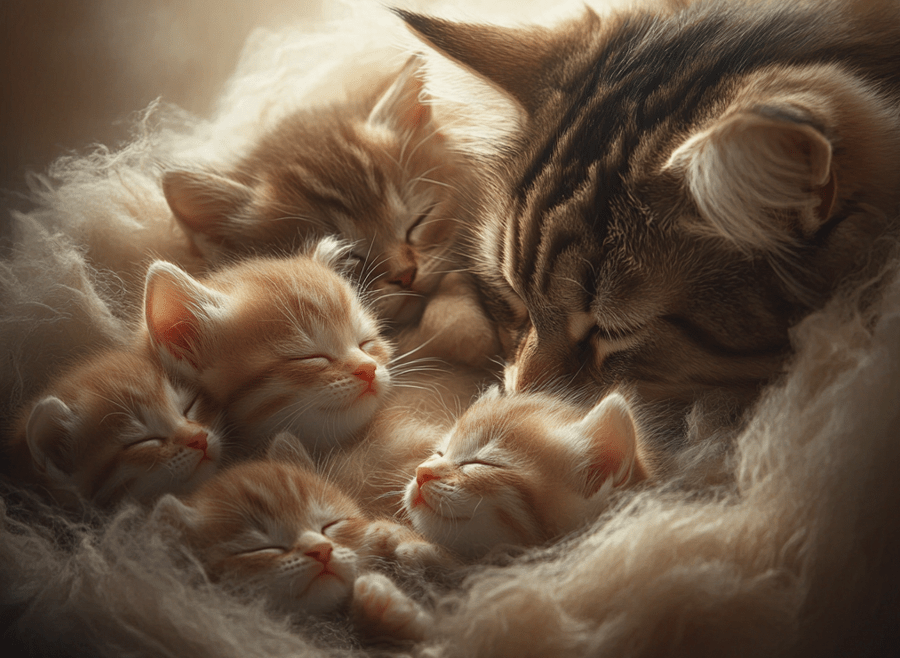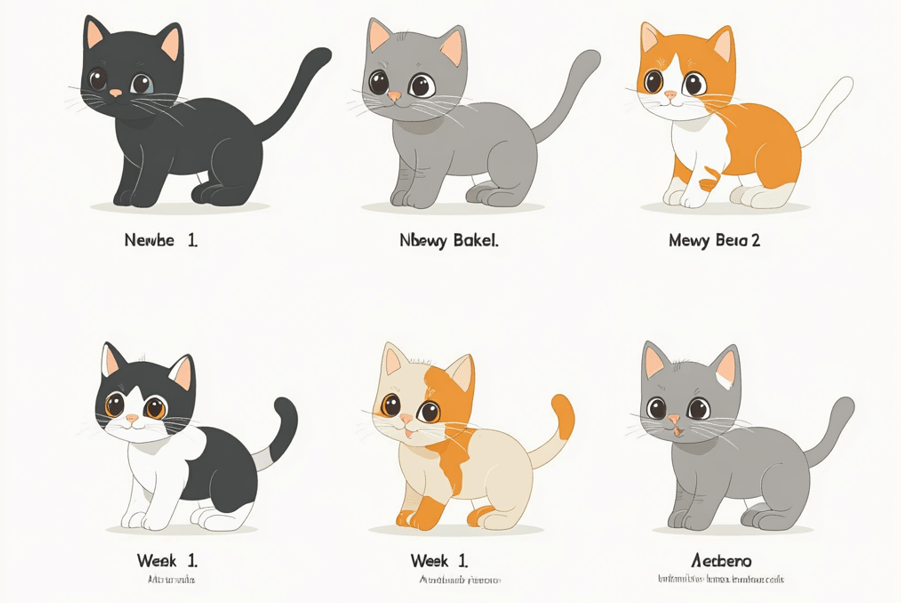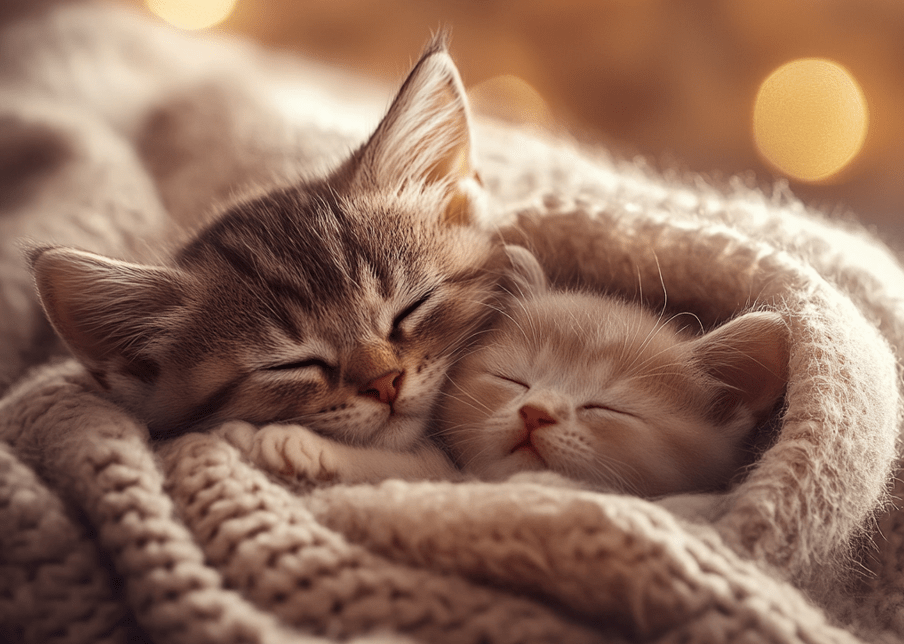
Kitten Stages of Growth
Looking after a newborn kitten is stressful because you worry for the well-being of their growth and development. Don’t worry; this is where the good news part comes in as we explain everything kittens should be doing and when they should reach those landmarks from birth through their 1st birthday.
The fastest period of growth and development in kittens is from birth to 8 weeks of age. This is where they are first opening their eyes and never walking before. Then the kittens are still growing and developing. They do it until they are about one year old and become adult cats.
New kitten owners need to know about the stages of growth of a kitten. This article will describe the stages of growth and development in kittens for new kitten owners.
Stage 1: Newborn
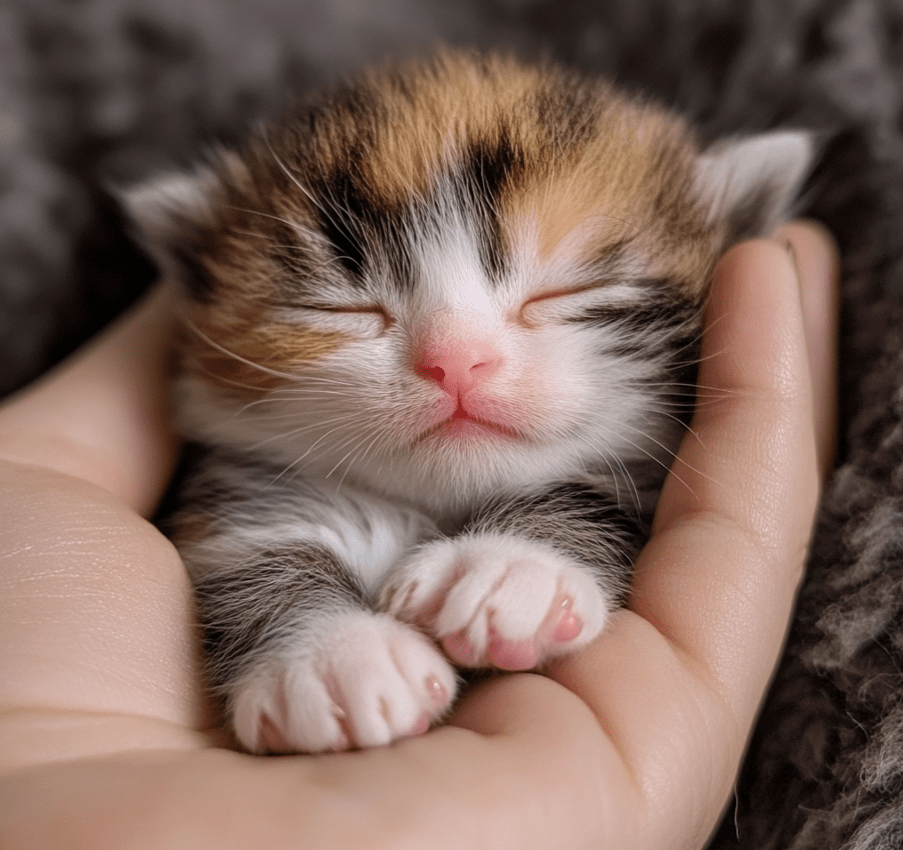
When they are first born till about 1 week old, kittens are considered as newborns. This is from birth until about the first week of life when you can consider kittens to be sweet little newborn babies! Newborn kittens are also a bit easier to deal with; their eyes will still be closed and they will be deaf and confused, but will rely quite heavily on their mother.
What do you need to see in a kitten’s behavior at this age?
Most of the time newborn kittens will be sleeping. They cannot even see or hear yet, and they certainly don’t get around. They are completely, 100% dependent on their mothers, both for food and comfort and safety.
How large should they be?
Newborn kittens are small; normal birth weight is 1.8 to 5.3 oz. Again, newborn kittens are tiny, fitting into the palm of your hand.
Stage 2: 1-3 Week Old
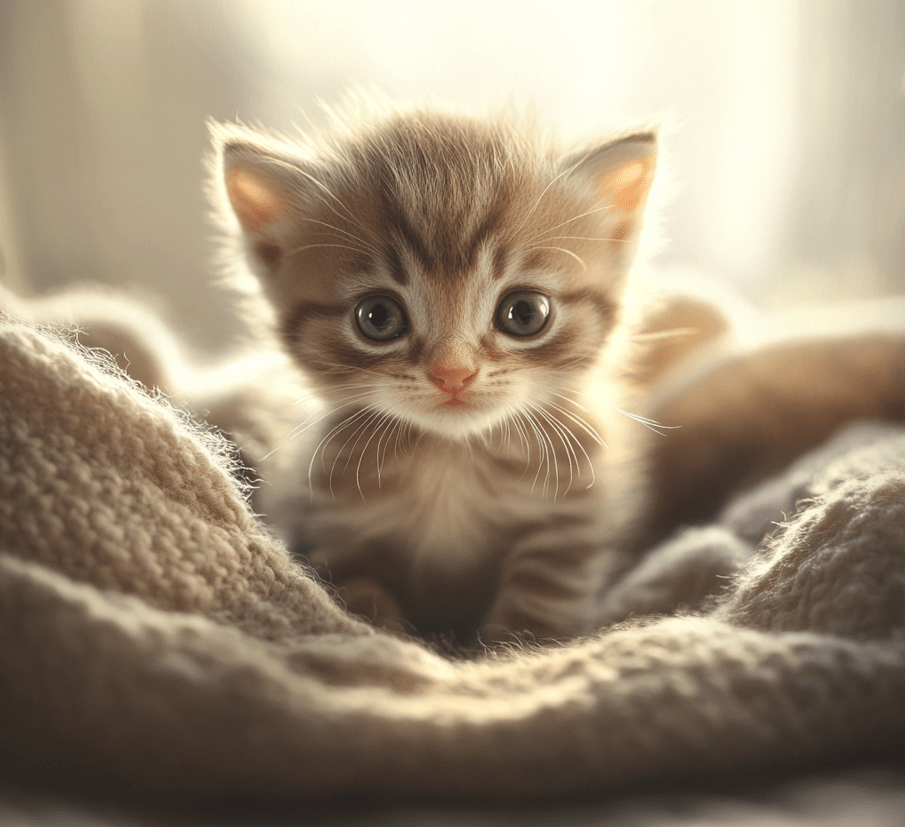
From the time they are 1 to 3 weeks of age, kittens grow and develop rapidly. You can even see their sight and hearing developing. At this time kittens are also learning to walk.
What do you need to see in a kitten’s behavior at this age?
A kitten’s eyes open at the end of 1 week of birth and at the beginning of 2 weeks of age. Kitten’s ears also open in the same timeframe. Gradually their eyesight and hearing will grow stronger. At this stage, the kitten will also improve in coordination. By the time they are one week old, kittens should already be prancing and holding their heads up high. At week two, you should walk or attempt to stand; however, this will feel shaky and you will only be able to take small steps. Expect their walking to also continue to improve as they progress through week three.
How large should they be?
Kittens ought to be experiencing steady growth during this stage, Weeks 1-3 for kittens Here are the target weight parameters that kittens should be hitting between weeks one through three.
1.Week one: 5.3 to 8.8 ounces
2.Week two: 8.8–12.3 ounces
3.Week three: 12.3 – 15.9 ounces
Stage 3: 3-5 Weeks Old
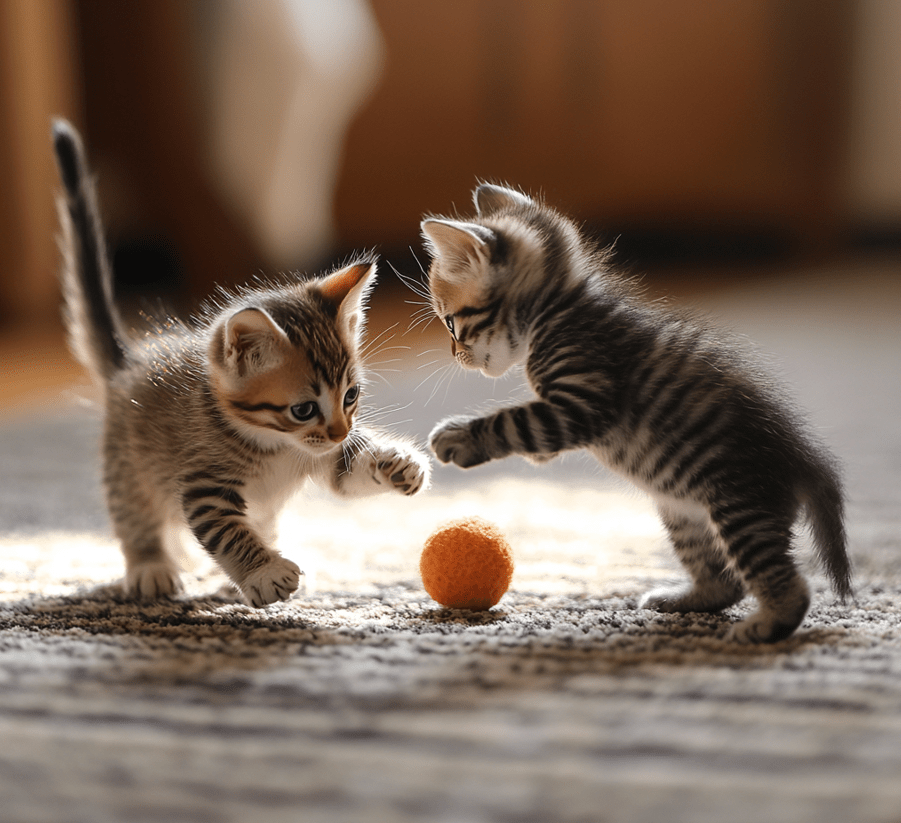
Kittens will start playing and discovering their area around this time as well. They will start to move around more freely away from their mother and be more active with people.
What do you need to see in a kitten’s behavior at this age?
This should be a stage where kittens are becoming more and more coordinated. By week four, you should see fairly proficient walking and playing. Otherwise, they better be playing ball on week five. Kittens should now begin using the litter box; they will also start to groom themselves. Although, they are probably not good at it yet. Kittens can enter the food stage at week 5; however will go back and forth between milk for a little longer.
How large should they be?
Kittens should still be growing well at this point. The following are what the weight parameters should be at weeks three and four, in kittens.
1.Week four: from 15.9 ounces to 1.2 pounds
2.Week five: 1.2-1.4 pounds
Stage 4: 6-8 Weeks Old
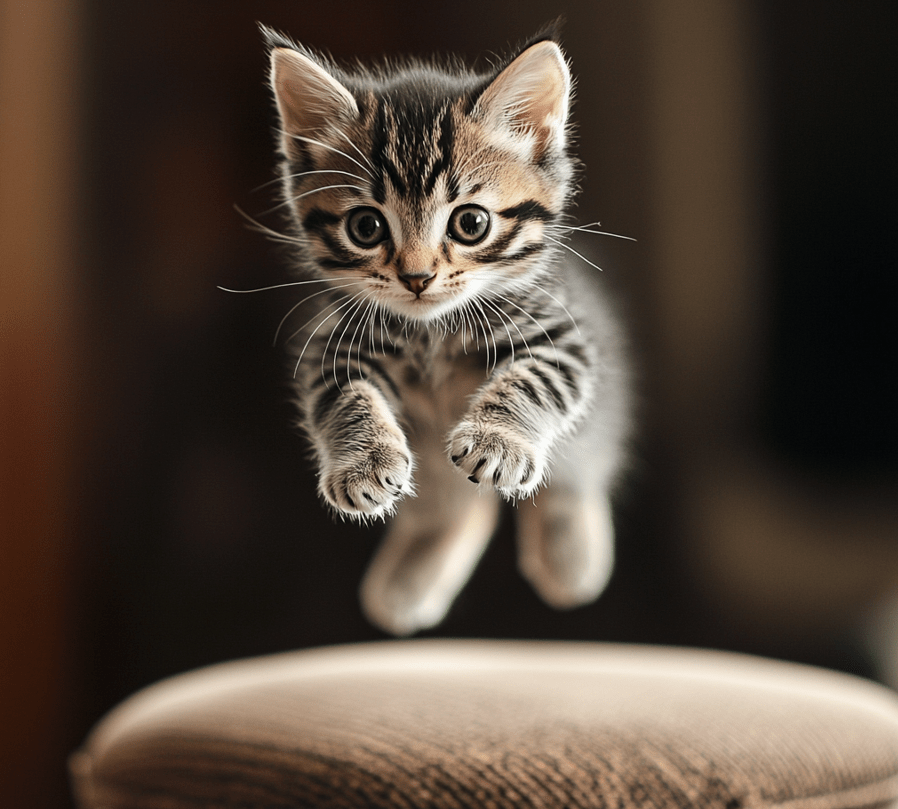
This is playtime for the kittens! Chances are, they will thoroughly enjoy the company of not only their littermates but also humans. During this time they acquire the ability to coordinate with other pets and humans.
What do you need to see in a kitten’s behavior at this age?
At the age of six weeks, the kitten learns to jump on different high places such as different furniture and jump from there to land. Pretty soon, they’ll start leaping up and over things. By week seven, it’s the moment to really jump and be climbing onto something; kittens should be proficient running around by eight weeks.
How large should they be?
Here is how much a kitten should weight at 6-8 weeks of age
1.Week six: 1.4 to 1.7 pounds
2.Week 7: 1.7–1.9 lb.
3.Week eight: 1.9 to 2.1 pounds
Stage 5: 9-12 Weeks Old
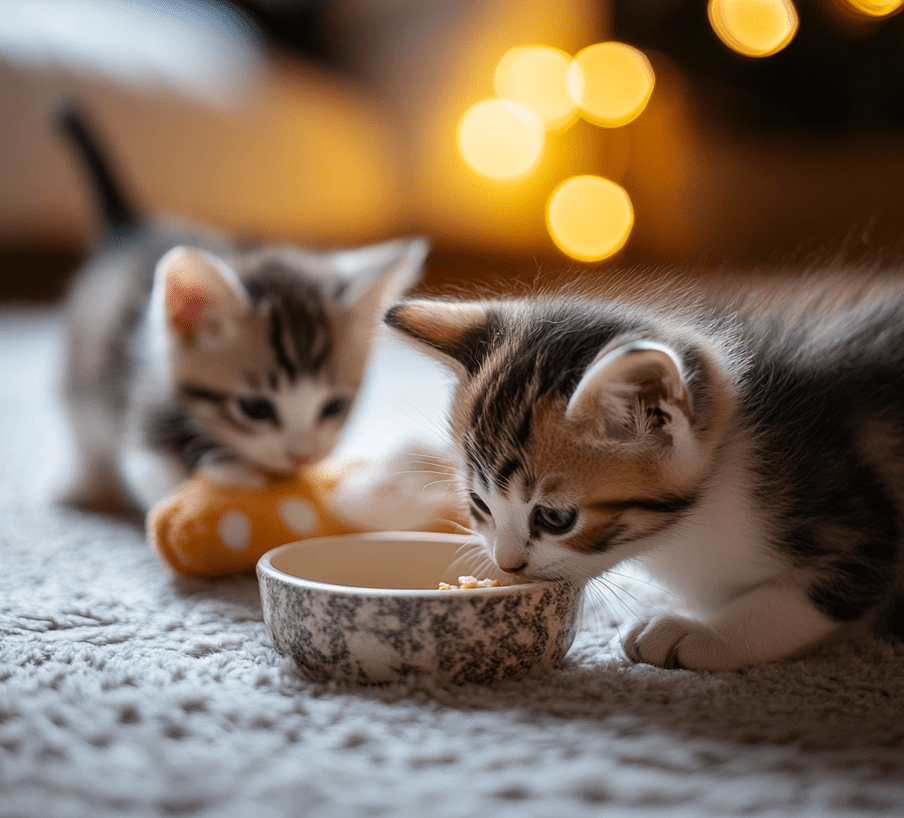
This stage occurs when the kittens are anything but being produced completely and they will be overly playful, this phase is all about knowing what a cat stands for. They are learning to be a cat. They would still progress and develop mentally, but the way they act and behave is closer to a typical cat. At this age, a lot of kittens will be adopted.
What do you need to see in a kitten’s behavior at this age?
At this point, we can already be offering feed 100% of the time with food suitable as kitten. They are also improving their grooming skills and should be using litter boxes consistently. At this point, kittens will probably still be very active and playful.
How large should they be?
Between 9 to 12 weeks, kittens should be around 3 pounds.
Stage 6: 3-6 Months Old

3-6 weeks of age is the end of their cute kittenhood. In fact, kittens at this stage are still very curious and playful. Playtime and exploration of their area will be a favorite. This cat will however only become more like young adult cats as they grow older.
What Should the Behavior of a Kitten Be Like At This Stage?
These kittens will behave as kittens at 4-weeks of age should, playing and exploring their environment. It is also a good idea to continue acclimatizing your kitten to new people, animals, and environments during this life stage.
STEP 7: 6 Months to One Year old
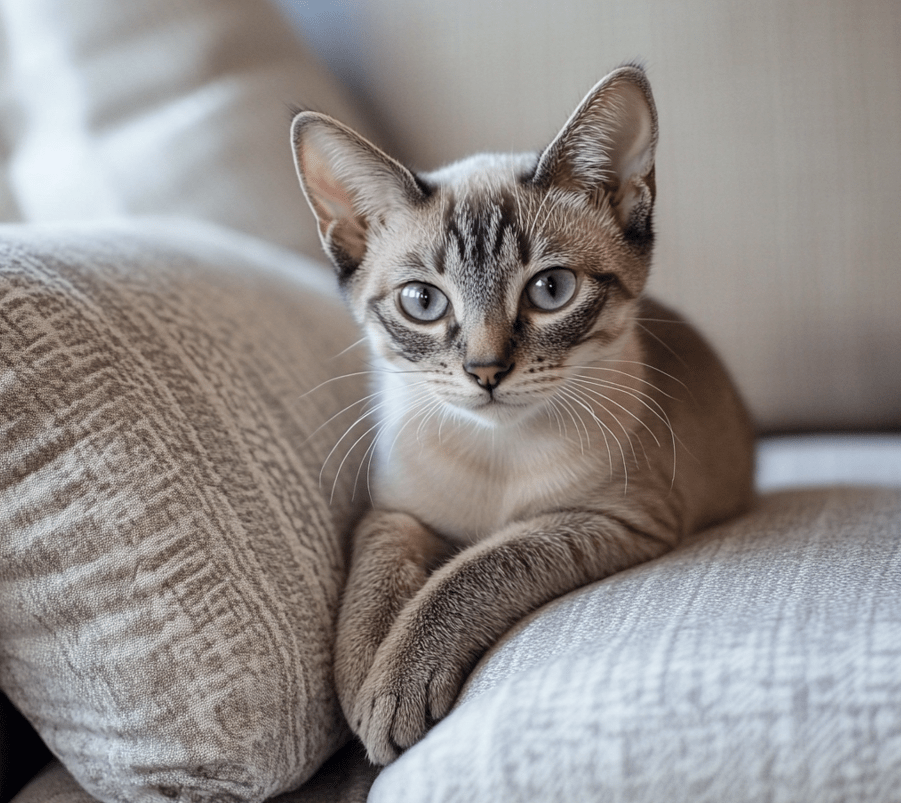
By the time your cat is six months to a year old, more of its actions should be similar to an adult cat. I mean, they may still be quite active and have crazy fun outings, but the bursts you used to see will eventually become more infrequent.
What Should the Behavior of a Kitten Be Like At This Stage?
They should be acting like a standard cat and they are now an adult at one year of age. With this being said they might as well grow mentally and become physically adult with time when in this phase. Kittens, however — may be spayed at this age.
Conclusion
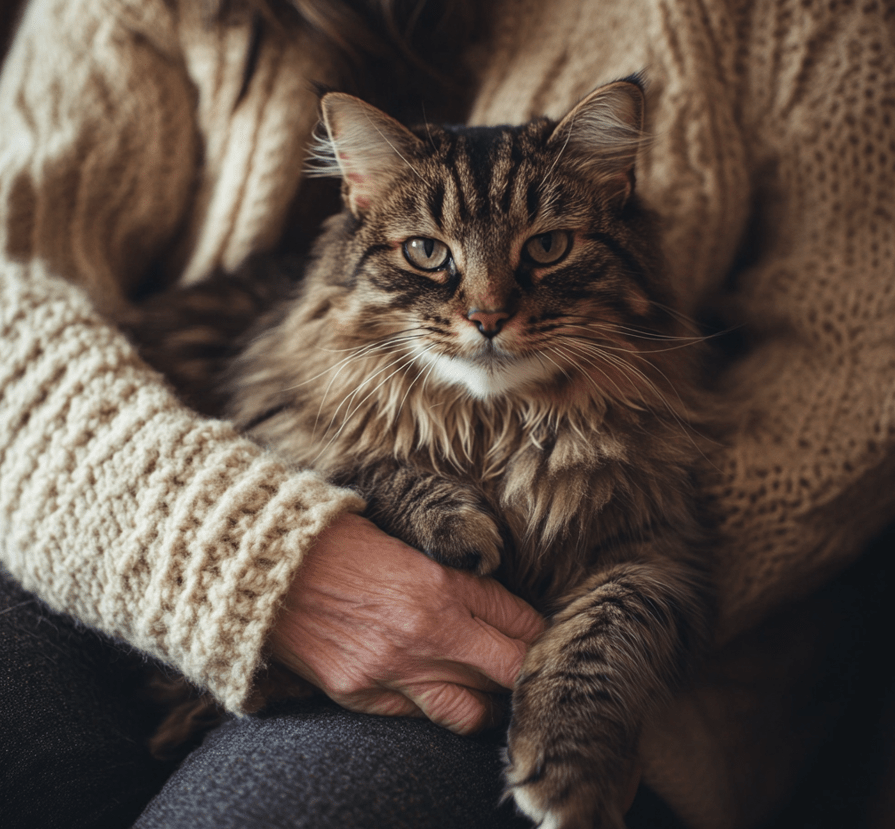
In short, familiarity with patterns of different growth stages is vital for all the cat owners. One stage after another newborn to growing into an adolescent, getting through each of these stages itself presents multiple challenges and opportunities. Being informed leaves you in a better position to offer the best care and support for your little one. Ensure to maintain a safe & secure environment; proper nutrition; regular vet visits along with cuddles and love. Proper care and nutrition can allow your kitten to mature into a happy adult cat.

